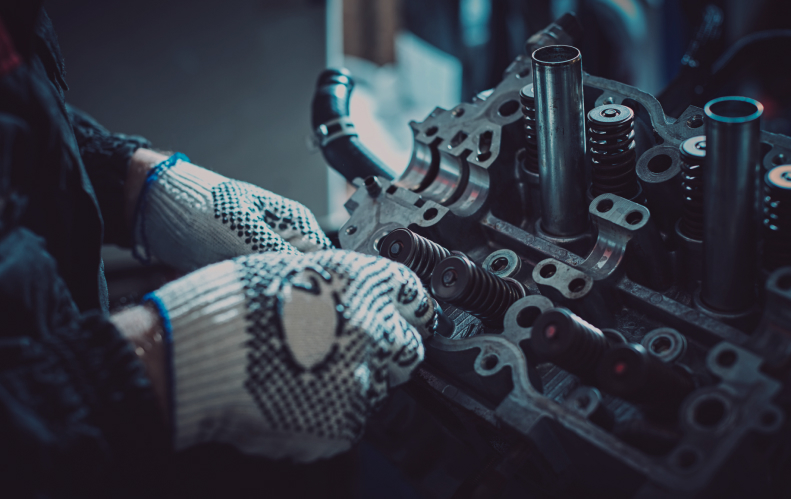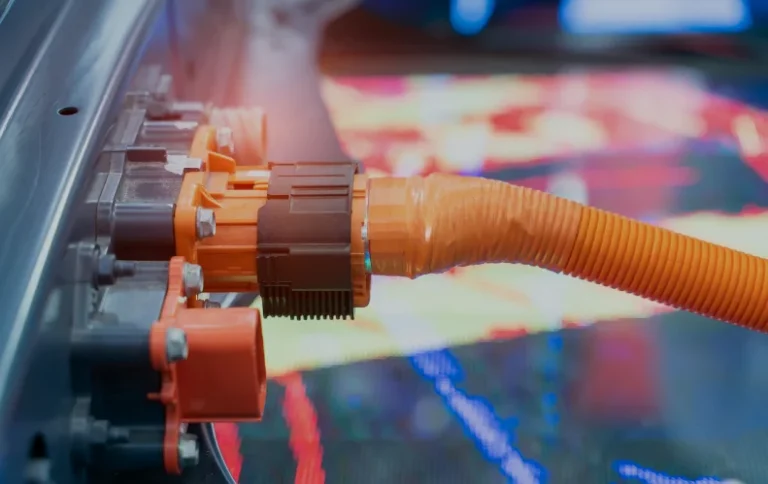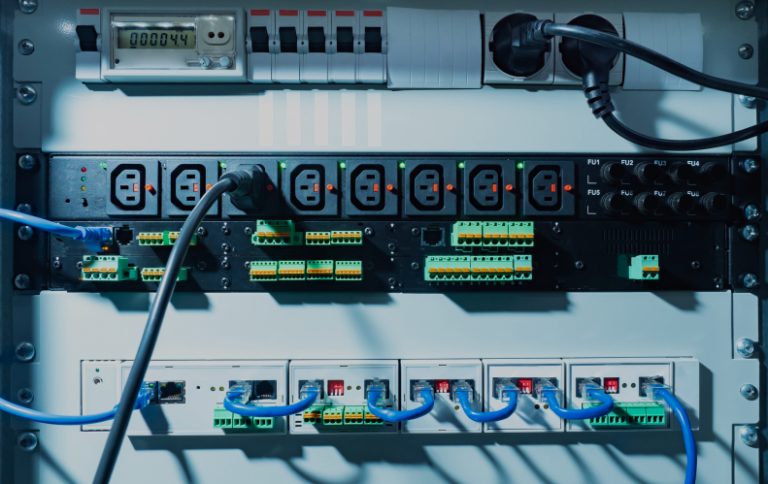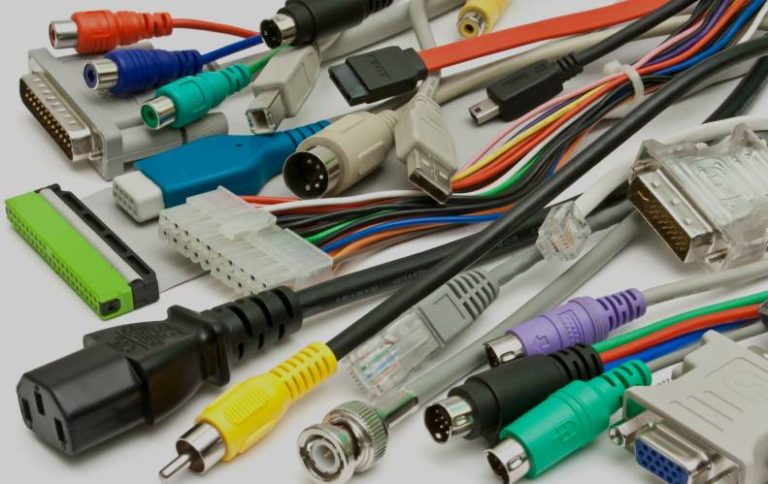In industrial maintenance, safety and efficiency are inseparable. One of the most critical elements for protecting personnel and equipment is the proper use of isolation tools. From hydraulic pumps to hydraulic torque wrenches, these tools ensure that energy sources are fully controlled before maintenance or repair work begins.
At Petracarbon, we draw from decades of engineering experience to share practical guidance that goes beyond theory. This article explores when and why isolation tools are needed, how to choose the right tools, step-by-step procedures, common mistakes to avoid, and practical tips that industrial teams can implement immediately.

When and Why You Need Isolation Tools
Common Scenarios Where Isolation Tools Are Critical
Isolation tools are essential in situations where machinery or equipment can pose a risk due to stored or residual energy. For instance:
- Maintenance of hydraulic pumps or high-pressure fluid lines.
- Flange operations where flange spreader tools are used for separation.
- Lockout-tagout of electrical or mechanical equipment to prevent accidental startup.
Without the right isolation tools, even routine maintenance can lead to serious injuries, equipment damage, or production delays. Industrial teams frequently encounter situations where an improperly isolated pump or torque wrench leads to unexpected energy release, making proper isolation non-negotiable.
Real Risks Without Proper Isolation
Failing to isolate machinery effectively can result in:
- Accidental activation of hydraulic pumps.
- Sudden movement of flanges during maintenance.
- Injuries from unintentional release of pressure in pipelines.
- Increased downtime due to equipment damage.
Practical engineering experience shows that proper use of isolation tools reduces these risks dramatically, protecting both personnel and assets.
Choosing the Right Isolation Tool for the Job
Isolation for Hydraulic Systems
When working with hydraulic pumps, selecting the correct isolation tool is crucial. Industrial pumps contain pressurized fluid that can cause severe injuries if released unexpectedly. Engineers recommend tools that can:
- Fully block the energy source.
- Fit the size and specifications of the pump.
- Allow safe testing of the isolation before maintenance begins.
Regular inspection of isolation devices ensures that they perform reliably under pressure, which is a standard practice at Petracarbon.
Isolation for Flanges and Piping
Using flange spreader tools requires careful planning. Improper isolation can lead to pipe damage or injury. Key considerations include:
- Securing the flange with the correct tool size and alignment.
- Using leak sealing compounds where minor leakage may occur during isolation.
- Avoiding the use of tools designed for other applications, which can compromise safety.
Electrical or Mechanical Isolation
Mechanical systems and electrical energy sources also require isolation. Effective isolation prevents accidental start-up of hydraulic torque wrenches or rotating equipment. Lockout and tagging ensure that the system remains safe until the work is complete.
Step-by-Step Safety Procedure
Pre-Work Preparation
Before any maintenance begins, teams should:
Identify all energy sources connected to the equipment.
Assign specific responsibilities for isolation to team members.
Confirm tool readiness and calibration, including hydraulic pumps and hydraulic torque wrenches.
Lockout-Tagout for Industrial Equipment
A complete lockout-tagout procedure involves:
- Attaching locks and tags to all energy sources.
- Testing equipment to verify zero energy state.
- Documenting each step to ensure accountability and traceability.
This process is particularly critical when using high-power equipment or precision tools such as flange spreader tools.
Tools in Action
When isolation is confirmed, engineers can safely operate:
- Hydraulic torque wrenches for bolting and unbolting operations.
- Flange separation using flange spreader tools.
- Maintenance on hydraulic pumps or related pipeline systems.
These steps ensure that industrial teams perform maintenance efficiently while minimizing risk.
Common Mistakes and How Engineers Avoid Them
Wrong Tool for the Job
A frequent error is using the wrong isolation device. For example:
- Using a general-purpose clamp instead of a designated hydraulic pump isolation tool.
- Attempting to separate flanges without the proper flange spreader tool.
Choosing the correct tool quickly can prevent accidents and ensure smoother operations.
Skipping Steps
Skipping steps in lockout-tagout or equipment testing is another common hazard. Engineers mitigate this by following a strict checklist before any maintenance begins, ensuring every energy source is accounted for.
Poor Maintenance of Tools
Tools that are damaged or improperly stored can fail during critical operations. Regular inspection and maintenance of isolation tools, hydraulic torque wrenches, and flange spreader tools are essential.
Practical Tips for Longevity and Safety
Regular Inspections and Care
- Clean tools after each use.
- Inspect for cracks, wear, or hydraulic leaks.
- Replace components according to manufacturer guidelines.
Staff Training and Drills
- Hands-on training ensures teams know how to isolate machinery safely.
- Short refresher drills keep procedures fresh in mind.
Checklists for Industrial Teams
| Step | Task | Notes |
| 1 | Identify energy sources | Include all pumps, torque wrenches, flanges |
| 2 | Select isolation tool | Hydraulic pump locks, flange spreaders |
| 3 | Lockout-tagout | Attach locks, tags, verify zero energy |
| 4 | Conduct maintenance | Use tools safely |
| 5 | Inspect and restore | Remove tools, test system, document |
Benefits Experienced Teams See with Proper Isolation
- Protects personnel and equipment – By properly isolating energy sources, the risk of injuries from unexpected machine startup, hydraulic pressure release, or moving flanges is drastically reduced. Teams experience fewer accidents and near-misses.
- Reduces downtime during maintenance – Maintenance can proceed confidently without interruptions from unexpected equipment activity. Tasks are completed faster because engineers don’t have to repeatedly test or reset machinery.
- Maintains compliance with industrial safety standards – Most industrial sites follow OSHA or local safety regulations. Using proper isolation tools ensures the team meets safety standards and avoids penalties.
- Builds confidence and efficiency among maintenance teams – Experienced teams notice that when isolation procedures are reliable, they can focus on precision work rather than worrying about safety hazards. This improves workflow and overall productivity.
Proper isolation practice demonstrates the practical value of isolation tools, hydraulic pumps, and hydraulic torque wrenches in everyday industrial work.
Maximising Performance with Proper Isolation
Proper use of isolation tools, hydraulic pumps, hydraulic torque wrenches, and flange spreader tools is essential for safe and efficient industrial maintenance. By following systematic lockout-tagout procedures, conducting regular inspections, and using the right tools for each job, teams can reduce risks, prevent equipment damage, and improve productivity. Implementing these best practices is not only a matter of compliance but also a practical strategy that protects your team and ensures smooth operations across your facility.
📌 For expert advice on hydraulic pumps, isolation tools, or any of our industrial solutions, contact us at Petracarbon today and let our experienced team guide you.



